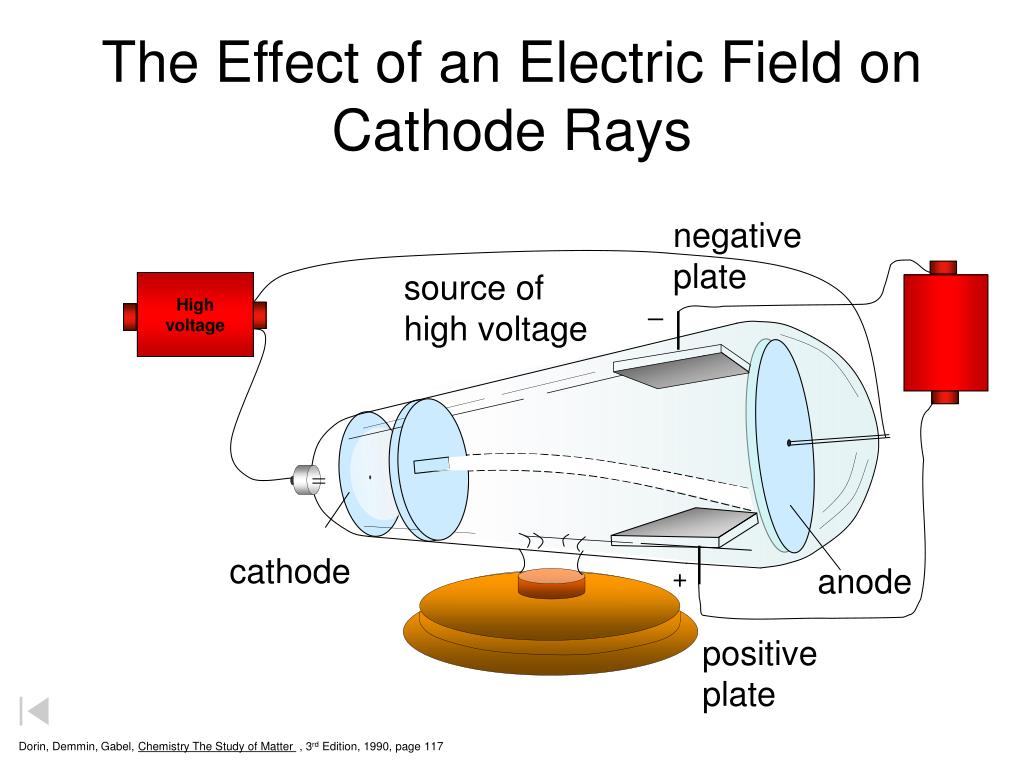


As a matter of safety, the face is typically made of thick lead glass so as to be highly shatter-resistant and to block most X-ray emissions, particularly if the CRT is used in a consumer product. The fact that it is evacuated makes handling an intact CRT potentially dangerous due to the risk of breaking the tube and causing a violent implosion that can hurl shards of glass at great velocity.
#In a cathode ray tube free
The interior of a CRT is evacuated to approximately 0.01 pascals (9.9×10−8 atm) to 133 nanopascals (1.31×10−12 atm), evacuation being necessary to facilitate the free flight of electrons from the gun(s) to the tube's face. A CRT is constructed from a glass envelope which is large, deep (i.e., long from front screen face to rear end), fairly heavy, and relatively fragile. In all modern CRT monitors and televisions, the beams are bent by magnetic deflection, a varying magnetic field generated by coils and driven by electronic circuits around the neck of the tube, although electrostatic deflection is commonly used in oscilloscopes, a type of electronic test instrument. An image is produced by controlling the intensity of each of the three electron beams, one for each additive primary color (red, green, and blue) with a video signal as a reference. In television sets and computer monitors, the entire front area of the tube is scanned repetitively and systematically in a fixed pattern called a raster.

CRTs have also been used as memory devices, in which case the visible light emitted from the fluorescent material (if any) is not intended to have significant meaning to a visual observer (though the visible pattern on the tube face may cryptically represent the stored data). The images may represent electrical waveforms (oscilloscope), pictures (television, computer monitor), radar targets, or other phenomena. It modulates, accelerates, and deflects electron beam(s) onto the screen to create the images. The cathode ray tube (CRT) is a vacuum tube that contains one or more electron guns and a phosphorescent screen, and is used to display images.


 0 kommentar(er)
0 kommentar(er)
